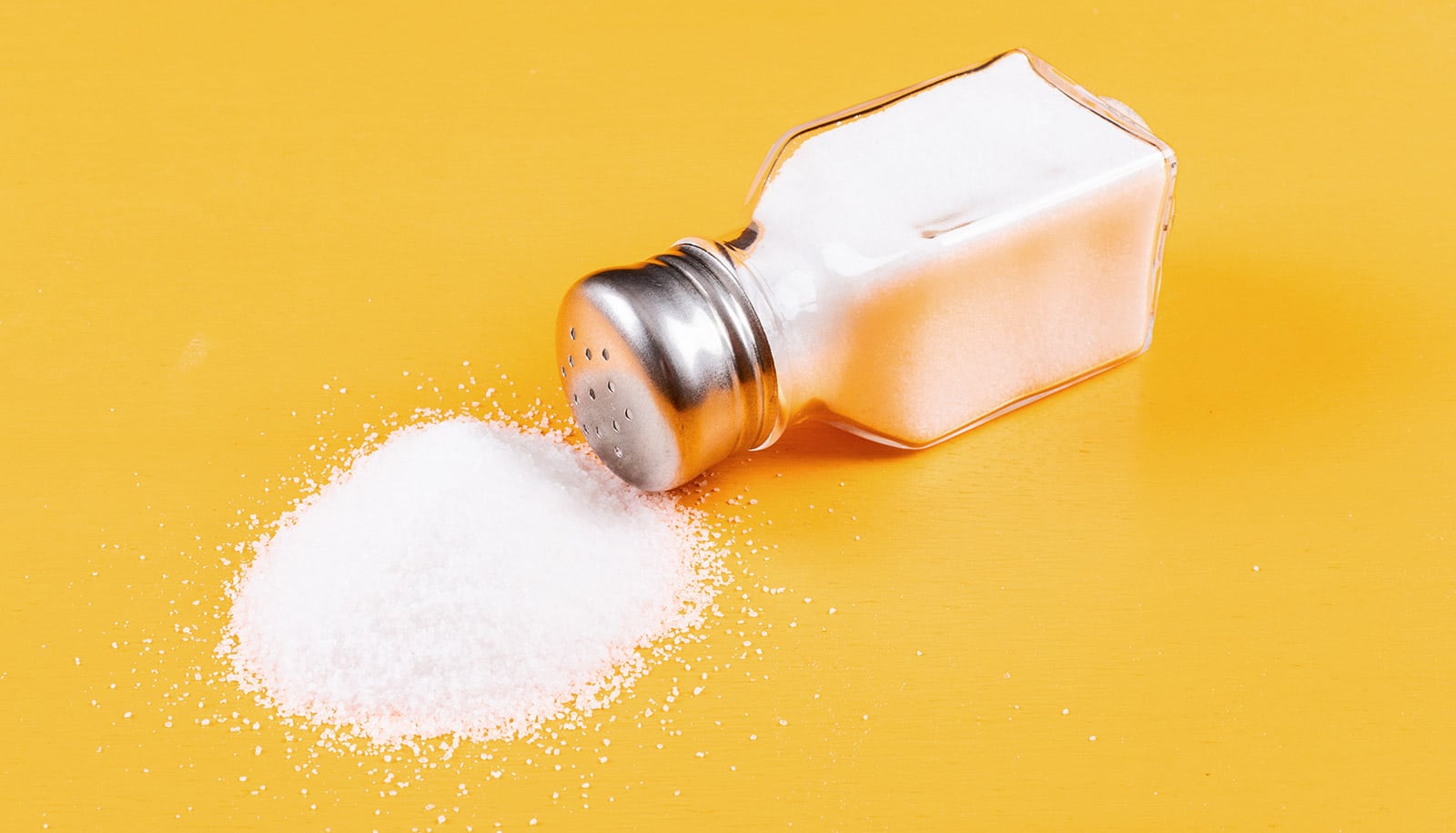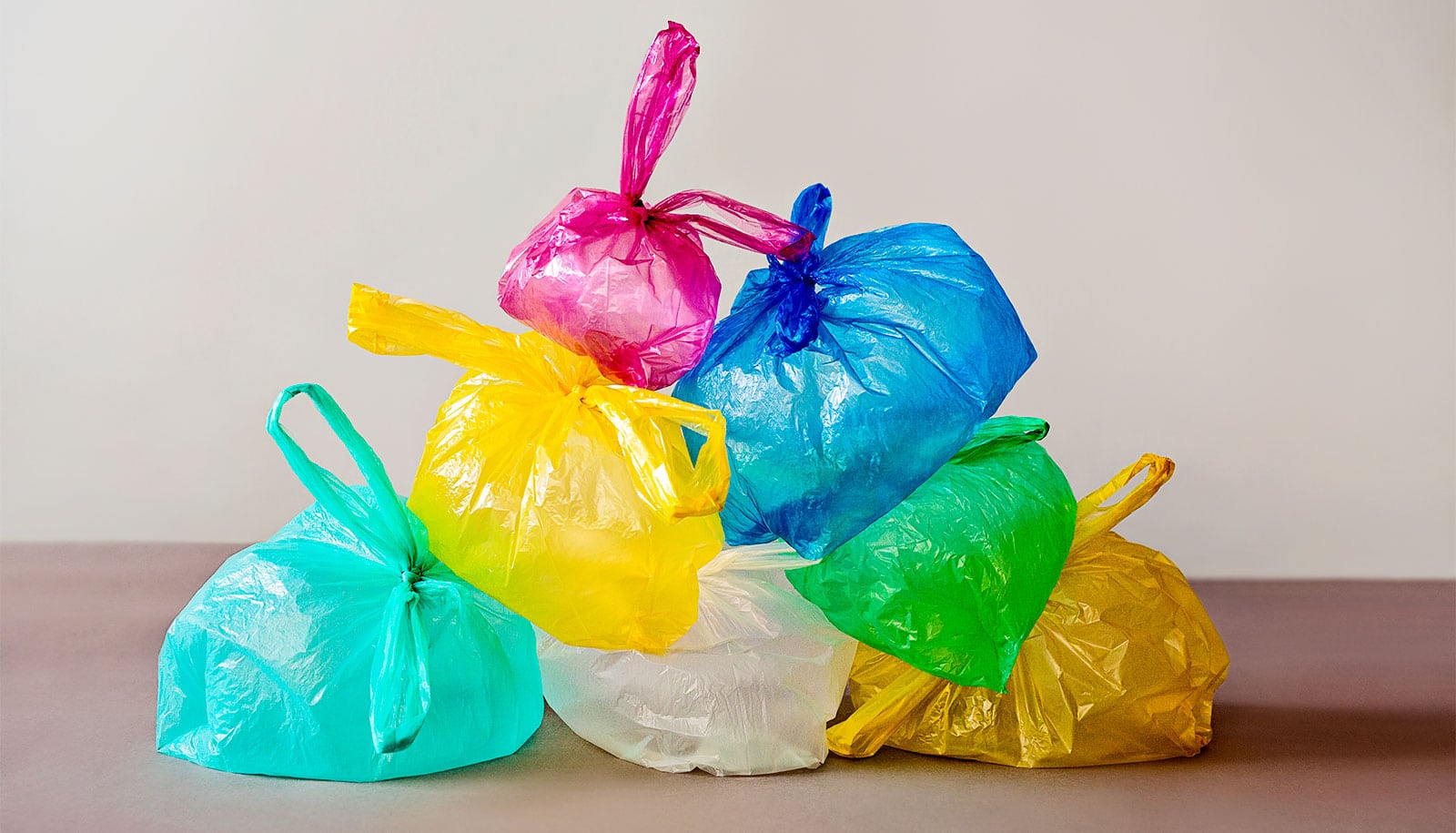Sodium chloride—table salt—can outperform much more expensive materials being explored to help recycle plastics, a new study shows.
“This is really exciting,” says Muhammad Rabnawaz, an associate professor in Michigan State University’s School of Packaging. “We need simple, low-cost solutions to take on a big problem like plastics recycling.”
Although plastics have historically been marketed as recyclable, the reality is that nearly 90% of plastic waste in the United States ends up in landfills, in incinerators, or as pollution in the environment.
One of the reasons plastics have become so disposable is that the materials recovered from recycling aren’t valuable enough to spend the money and resources required to get them.
According to the team’s projections, table salt could flip the economics and drastically reduce costs when it comes to a recycling process known as pyrolysis, which works through a combination of heat and chemistry.
Although Rabnawaz expected salt to have an impact because of how well it conducts heat, he was still surprised by how well it worked. It outperformed expensive catalysts—chemicals designed to spur reactions along—and he believes his team has just started tapping into its potential.
Pyrolysis is a process that breaks down plastics into a mixture of simpler, carbon-based compounds, which come out in three forms: gas, liquid oil, and solid wax.
That wax component is often undesirable, Rabnawaz says, yet it can account for more than half of products, by weight, of current pyrolysis methods. That’s even when using catalysts, which are helpful, but they often can be toxic or prohibitively expensive to be applied in managing waste plastics.
Platinum, for example, has very attractive catalytic properties, which is why it’s used in catalytic converters to reduce harmful emissions from cars. But it’s also very pricey, which is why thieves steal catalytic converters.
Although bandits are unlikely to rob platinum-based materials from a sweltering pyrolysis reactor, attempting to recycle plastics with those catalysts would still require a hefty investment—millions, if not hundreds of millions, of dollars. And current catalysts aren’t efficient enough to justify that cost, Rabnawaz says. “No company in the world has that kind of cash to burn.”
In earlier work, Rabnawaz and his team showed that copper oxide and table salt worked as catalysts to break down a plastic known as polystyrene. Now, they’ve shown table salt alone can eliminate the wax byproduct in the pyrolysis of polyolefins—polymers that account for 60% of plastic waste.
“That first paper was important, but I didn’t get excited until we worked with polyolefins,” Rabnawaz says. “Polyolefins are huge, and we just outperformed expensive catalysts.”
When using table salt as a catalyst to pyrolyze polyolefins, the team produced mostly liquid oil containing hydrocarbon molecules similar to what’s found in diesel fuel, Rabnawaz says. Another perk of the salt catalyst, the researchers showed, is it can be reused.
“You can recover salt by simply washing the obtained oil with water,” Rabnawaz says.
The researchers also showed that table salt aided in the pyrolysis of metallized plastic films, which are commonly used in food packaging, like potato chip bags, which isn’t currently recycled.
Although pure table salt didn’t outperform a platinum-alumina catalyst the team also tested with metallized films, the results were similar, and the salt is a fraction of the cost.
Rabnawaz stressed, however, that metallized films, while useful, are inherently problematic. He envisions a world where such films are no longer needed, which is why his team is also working to replace them with more sustainable materials. The team will also continue working to further its pyrolysis project.
For instance, the researchers have yet to fully characterize the gas products of pyrolysis with table salt. And Rabnawaz believes the team can improve this approach so that the liquid products contain chemicals with more valuable applications than being burned as fuel.
Still, the early returns of the new table salt tactics are encouraging. Based on a preliminary economic analysis supported by the US Department of Agriculture and MSU AgBioResearch, the team estimated a commercial pyrolysis reactor could triple its profits just by adding salt.
The study is published in Advanced Sustainable Systems. The research was partially supported by Conagra Brands, a consumer packaged goods company.
Source: Matt Davenport for Michigan State University


